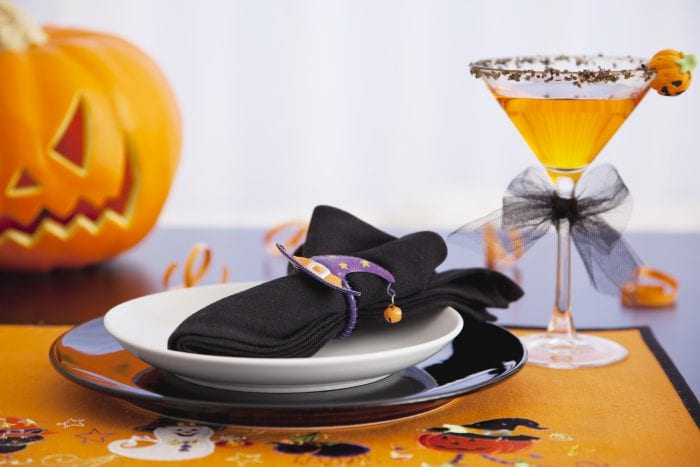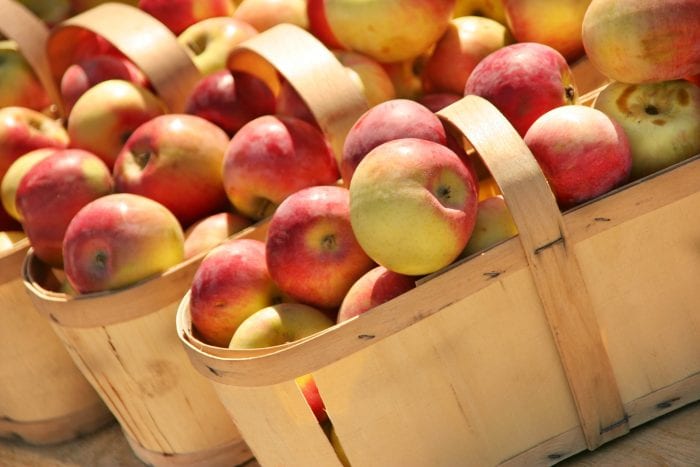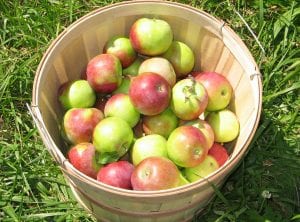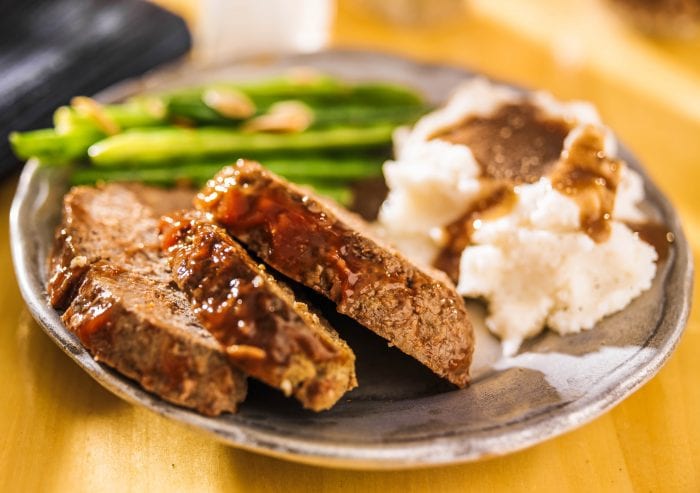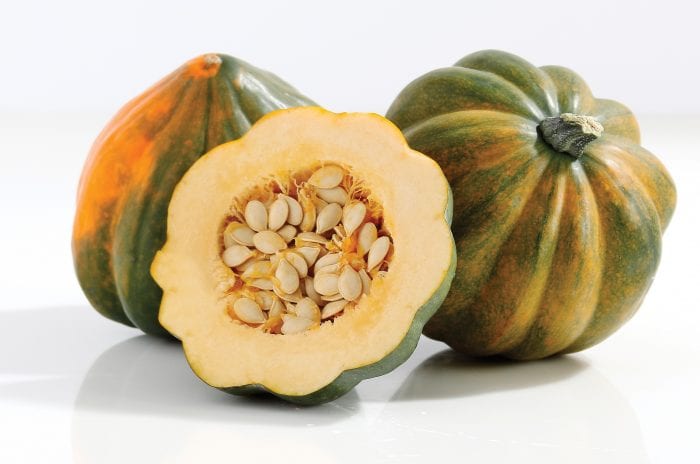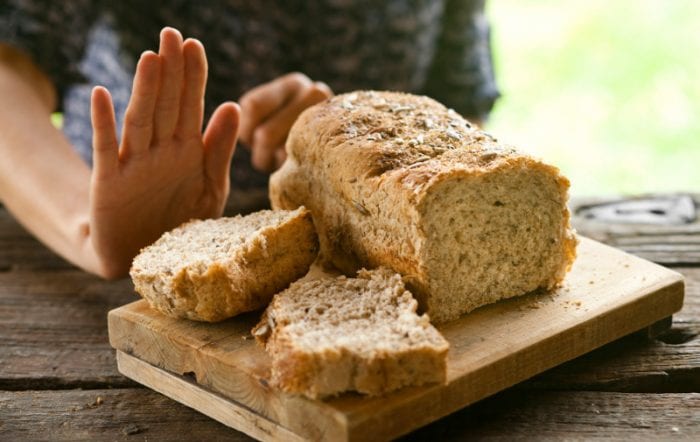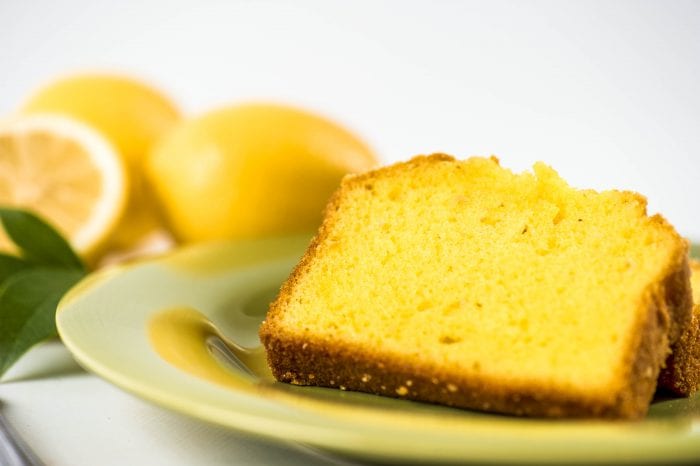By Barbara Beltrami
Like so many things these past months, Halloween is not going to be very traditional. My thought is that since we’re homebound for the most part, why not make Halloween dinner a festive one? Make a spooky centerpiece with black candles and small pumpkins, set the table with black and orange or Halloween-themed disposable tableware, put candy favors at each place and cook up any or all of the following recipes featuring black or orange ingredients.
Nothing is more orange than a carrot-ginger soup, and squid ink pasta or poultry, meat or fish with black rice (even though it may turn a little purple in cooking), is great for the occasion. So go rig up a costume, tie an apron over it and have a Happy Halloween.
Carrot-Ginger Soup

YIELD: Makes 4 servings
INGREDIENTS:
3 tablespoons olive oil
8 to 9 large carrots, peeled and sliced thin
2 cups chopped onion
2 cups chicken broth
2 cups water
Salt and freshly ground white pepper to taste
2 teaspoons minced fresh ginger
DIRECTIONS:
In a large pot or saucepan, warm oil over medium heat. Add carrots and onions and cook, stirring occasionally, until onions soften, about 5 to 7 minutes. Add broth, water, salt and pepper and ginger; bring to boil, then simmer until carrots are very soft, about 20 to 30 minutes. Let cool at least 10 minutes, then puree until very smooth in a blender, food processor or with an electric wand. Garnish with raisins or currants if desired and serve hot with dark pumpernickel and yellow cheddar cheese.
Squid Ink Pasta with Orange Tomatoes and Garlic
YIELD: Makes 4 to 6 servings
INGREDIENTS:
One pound squid ink pasta*, cooked according to package directions
1/4 cup extra virgin olive oil
1/2 teaspoon crushed hot red pepper flakes
3 garlic cloves, finely chopped
3 orange tomatoes or one pound orange grape or cherry tomatoes
Coarse salt to taste
1/3 cup dry white wine
1/4 cup chopped fresh basil leaves
*Available at local specialty markets.
DIRECTIONS:
Whatever size tomatoes you are using, cut them into half–inch pieces. In a large skillet over medium heat, warm oil; add crushed red pepper flakes and garlic and, as soon as garlic begins to release its aroma, add tomatoes and salt. Stirring occasionally, cook until they release their juice and skin starts to separate. Deglaze pan with white wine; as soon as it begins to bubble, add pasta and basil to skillet, toss with mixture and transfer to a large warm bowl. Serve hot with fish or scallops.
Chicken Thighs with Black Rice and Orange Peppers
YIELD: Makes 4 servings
INGREDIENTS:
1 1/2 cups black rice*, cooked according to package directions
12 ounces green cabbage, thinly sliced
1 orange bell pepper, cored, seeded and cut into thin strips
2 oranges, peeled and chopped
1 onion, diced
1/4 cup + 2 tablespoons olive oil
Salt and freshly ground black pepper to taste
4 large chicken thighs
1/2 tablespoon red wine vinegar
1/2 teaspoon prepared mustard
*Available at local specialty and supermarkets. Sometimes called
forbidden rice.
DIRECTIONS:
Preheat oven to 425 F. Set rice aside to keep warm. In a large bowl toss the cabbage, bell pepper, oranges and onion with two tablespoons of the oil and salt and pepper; spread on two-thirds of the bottom of a large shallow roasting pan. In a medium bowl, toss the chicken thighs with two tablespoons of oil and salt and pepper and arrange on remaining third of pan.
Roast, stirring veggies occasionally and turning chicken thighs halfway through cooking time, until veggies are tender and lightly browned and chicken is cooked through and browned, about 20 to 30 minutes. In a small bowl whisk together the remaining two tablespoons oil, the vinegar, salt and pepper and mustard; drizzle over rice. Place rice on platter, top with veggies and place chicken thighs around it. Serve hot with a carrot and raisin salad.

